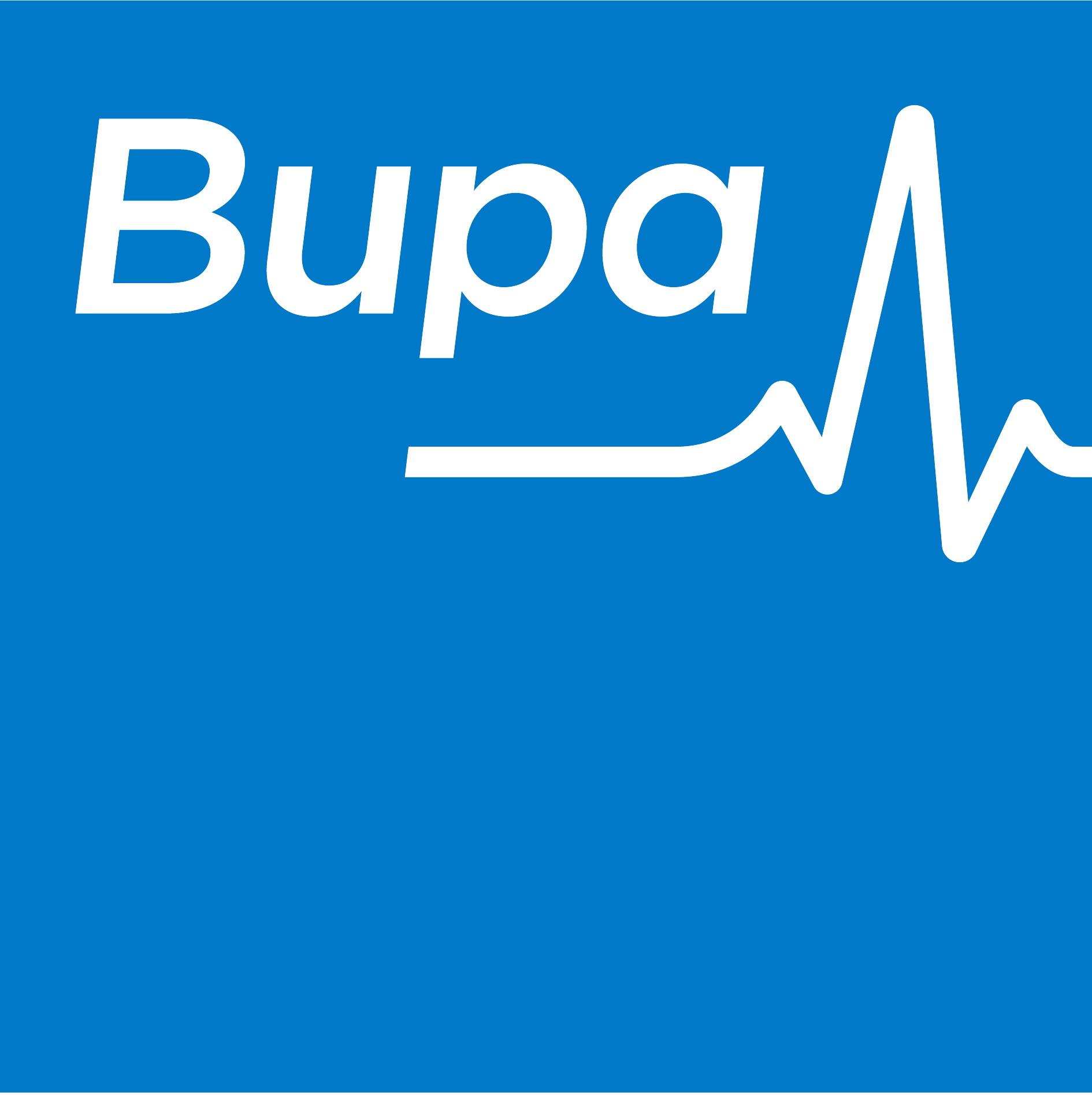This is the month when all those new year resolutions about losing a bit of weight begin to weaken. As a regular gym-goer, I'm used to seeing plenty of new faces in January. They arrive wearing their pristine tracksuits, and are soon pounding the treadmills, breaking sweat and gritting their teeth, determined to make a difference this year. By the end of the month, however, their ranks tend to thin out.
As a homeworker I can find the time to slip out to the gym but many big companies these days have their own gyms, or at least subsidised gym membership. Employers are starting to buy in to health once more and not before time.
I say "once more" because there was a time during the 1930s when no self- respecting large employer would have been without its sports and social club and playing fields. Many of these playing fields were sold off during the mergers of the 1990s when companies became focused on extracting more work from employees. At the same time work was changing with more desk-jobs and less manual labour.
Surely it was no coincidence that nationwide during this period we began to experience health problems associated with sedentary work. By 2005, obesity rates in England were the highest among the then 15 member states in the European Union.
A knock-on effect from obesity is rising levels of type-2 diabetes. The UK now has some 2.5 million people with diabetes and up to 500,000 who don't yet know they have the condition. At the same time life expectancy is improving, but that's not much cheer for employers who must share these health concerns since many will be experienced by their staff.
That's the thing about workplace health today. We used to concern ourselves with what was called 'occupational health,' typically associated with work such as vibration white finger, suffered by pneumatic drill operators, or asbestosis sometimes contracted by those working in the building trade. But because the divide between work and our domestic lives has been blurred as much as it has, is it sensible to think of health as something that should be left entirely to individuals?
Those January gym-goers are going to need a helping hand and most employers are perfectly placed to assist them. But this isn't a moral argument, it's a business argument. Extrapolating the national diabetes figures on a company-workforce scale, Paul Litchfield, the chief medical officer at BT, has estimated that among its 112,000 employees some 8,000 are suffering from diabetes, 2,000 of whom will be unaware of it.
His strategy has been to organise health interventions in specific campaigns within the company health programme, called Work-Fit. The programme has been running since 2005 when Litchfield noticed that someone in the company died of heart disease every two weeks. Most of the deaths, he noticed, were among middle-aged men, many of whom were overweight with poor exercise regimes. His response was to devise a dedicated weight loss and fitness programme.
Since the programme began, sickness absence rates have been reduced by more than a third, saving some £30 million a year on the sick pay bill. When other improvements covering recruitment, staff retention and productivity, for example, are taken in to account, Litchfield estimates the overall bottom line benefit for BT could be as much as £100 million since the beginning of the programme. This is for an outlay of not much more than £1 million.
So companies can make a difference to employee health and, when they do, the business benefits in productivity returns. If HR professionals can keep just one resolution this year, it should be to rethink their health programmes. In these tough times when many employers are seeking to slim down, there's more than one way to trim the fat.
Richard Donkin is author of 'Blood, Sweat and Tears' and 'The Evolution of Work', richard.donkin@haymarket.com










